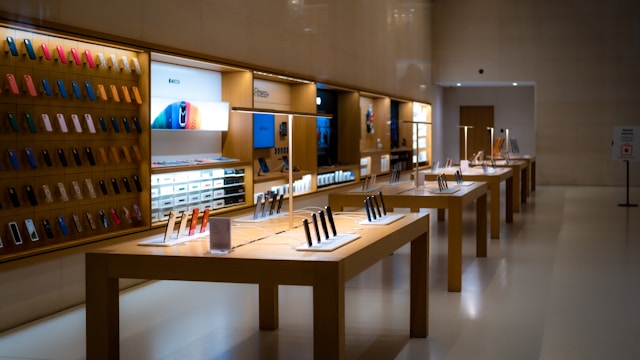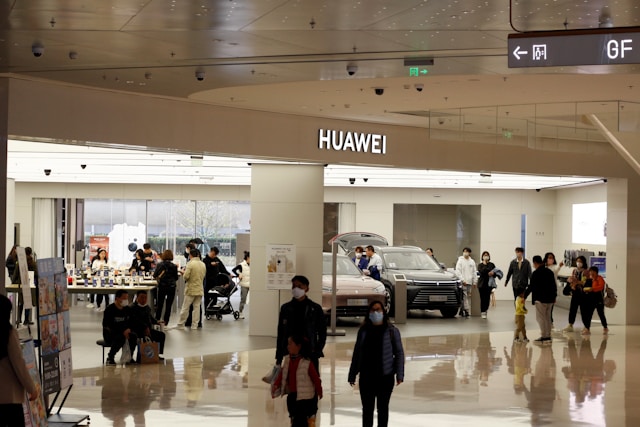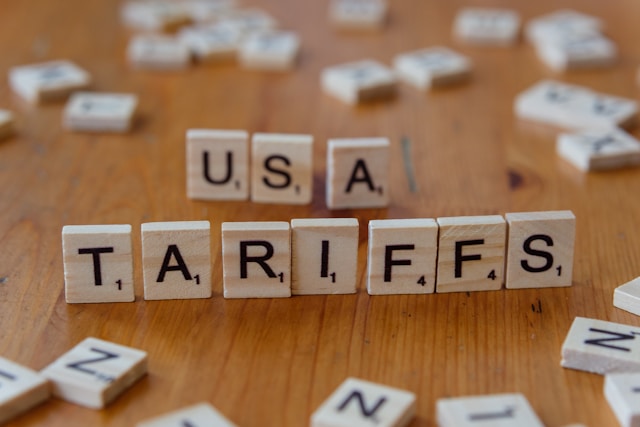A Sudden Shift in U.S. Trade Policy Ignites New Interest and Speculation in Global Electronics Manufacturing

In a surprising move, the U.S. government has announced a temporary exemption on tariffs for major electronics, including smartphones, laptops, and semiconductors imported from China.
The decision, revealed in early April 2025, provides a rare moment of relief amid rising tensions in the ongoing U.S.-China trade dispute. With consumer demand for electronics continuing to surge globally, this exemption could reshape manufacturing strategies and supply chains worldwide.
This article explores how this moment came to be, what it means for global trade, and where it’s all headed.
Trade War, Technology, and Strategic Power Plays
The current trade climate between the U.S. and China has been shaped by years of escalating tariffs and national security concerns. Under President Trump’s renewed “America First” policy, tariffs on Chinese imports, especially tech-related goods, were intensified to pressure Beijing and reduce reliance on Chinese supply chains.
However, the recent exemption followed intense lobbying by tech giants like Apple and Nvidia, which warned that the tariffs could severely disrupt production and raise prices for U.S. consumers.
According to the U.S. Trade Representative, the move was made to “preserve domestic competitiveness” while broader trade and security reviews continue.
Navigating the Tariff Exception Mechanism

The exemption covers a broad category of electronics, including smartphones, tablets, semiconductors, smartwatches, and related consumer tech products. These goods were previously subject to a layered tariff structure—10% base tariff, a 125% reciprocal penalty, and an additional 20% fentanyl-related trade measure.
By removing these layers temporarily, the administration hopes to stabilize the consumer market while evaluating long-term manufacturing dependencies. The decision also separates these goods from a pending Section 232 investigation into semiconductors, which may impose stricter national security tariffs later this year.
Adoption and Growth: Market Responds with Relief
Tech stocks rallied instantly. Apple’s stock surged 4,06%, while Nvidia climbed 3.12% as investors anticipated reduced cost pressures and improved supply chain performance.
Danielle Walsh is a trade analyst at the Peterson Institute for International Economics. She commended the move, calling it a necessary stopgap to avoid immediate harm to consumers and the tech sector.
“I view this as a strategic pause, not a surrender,” she says. “It gives companies time to recalibrate without the chaos of sudden tariff shocks.”
Suppliers in Vietnam, Malaysia, and Mexico have also reported an increase in inquiries from U.S. firms seeking to diversify away from China, signaling that reshoring and China+1 strategies remain in motion, even during the exemption.
Normalization Presents Both Opportunities and Challenges
While large companies are benefiting, the sudden policy shift has left many smaller manufacturers in a bind. Some electronics still face full tariff exposure, leading to complaints of uneven enforcement and policy unpredictability.
“I always hear complaints from small startups,” Danielle remarked. “There’s no clear roadmap. One week you’re taxed at 145%, and the next, you’re suddenly exempt. That’s not sustainable for long-term planning.”
While the recent tariff exemption aims to ease pressure on U.S. tech firms, critics warn it could weaken America’s negotiating stance in future trade talks with China.
Public sentiment is similarly divided. Although many Americans support tariffs in principle—viewing them as tools to protect domestic jobs and industries—polling shows that a majority also worry about the economic downsides. According to recent surveys, over 70% of U.S. adults believe tariffs will increase consumer prices and hurt the economy in the short term. This tension reflects a broader challenge: how to strike a balance between long-term strategic goals and immediate economic realities.
Adoption and Growth: Market Responds with Relief

Even amid the exemption, companies continue to shift operations. The China+1 strategy is gaining ground, with Vietnam, India, and even Latin America seeing rising investment in electronics manufacturing.
Simultaneously, U.S. companies like Intel and Micron are ramping up domestic chip production with federal support from the CHIPS and Science Act.
Meanwhile, Chinese tech giants like Xiaomi and Huawei are pivoting to non-U.S. markets with new product lines, aiming to minimize exposure to American trade risks. This evolving landscape has created new global competitors and fragmented the supply chain in ways that will shape electronics for years to come.
Strategic Pause Amid Shifting Policies
Experts remain divided on what’s next. Some analysts see this as a temporary economic adjustment, not a long-term truce. “This is just the calm before another policy storm,” said Bloomberg economist Jennifer Wu.
Others believe a more balanced, strategic engagement with China is emerging, where tariffs are used as precision tools rather than blunt instruments.
Much will depend on the outcome of the 2025 U.S. elections, the progress of the Section 232 investigation, and how China responds in kind.
A Fragile Truce in a Global Tech War

As of now, the tariff exemptions offer breathing room for U.S. tech companies and global supply chains. But the underlying battle for technological independence, national security, and trade dominance remains unresolved.
Whether this moment leads to a more stable global electronics market—or another round of tit-for-tat escalation—will depend on choices made in the months to come. For now, the move demonstrates just how entangled global supply chains are in the web of geopolitics and policy.
Reuters. “Trump spares smartphones, computers, other electronics from China tariffs.” Published April 13, 2025. Reuters
✍️ Engineer & Aspiring Content Writer Based in Manila
